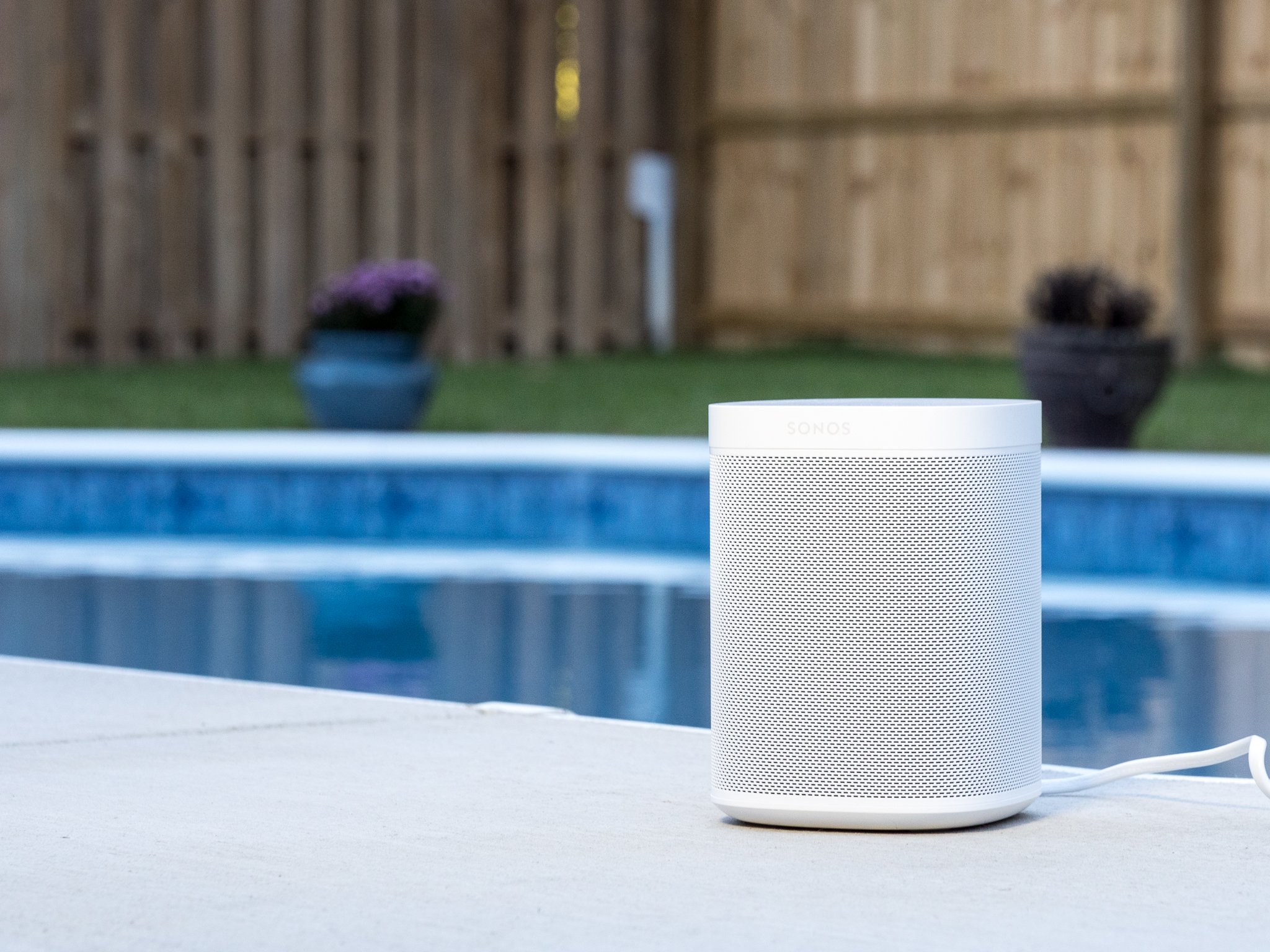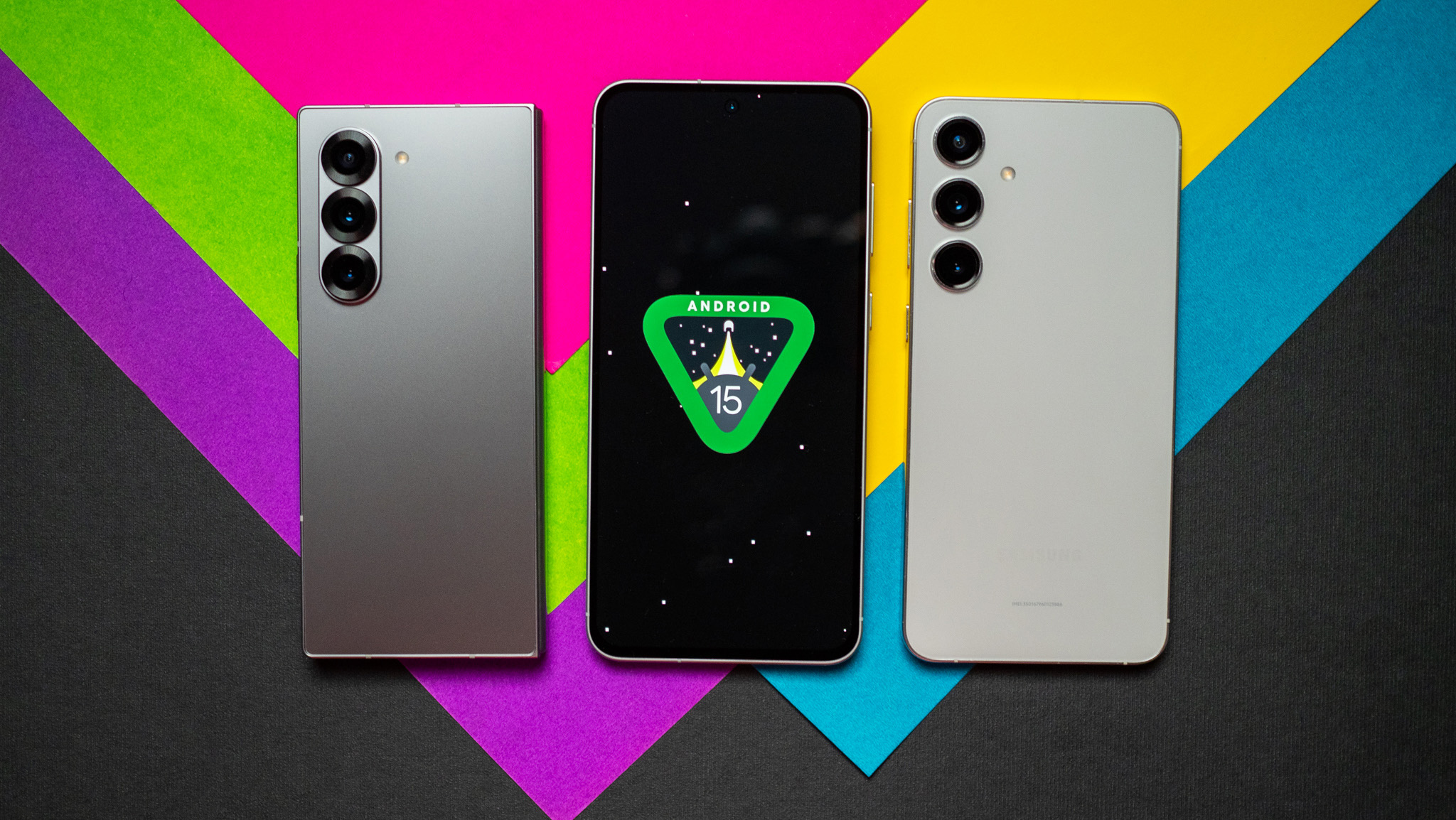Sonos is one of those products that's simultaneously extremely complex yet blissfully simple. Or let's put it another way: It's a complex product for the folks who made it. That's a good thing, because sometimes the more work that goes into making something, the easier it is for those of us actually using it. And that's the case with Sonos.
At its simplest, Sonos is this: A family of speakers that hook into your Wifi to play audio content from all kinds of streaming sources. Apple Music. Spotify. Sirius XM. Google Play Music. Amazon Music. Locally. ... The list of sources that can hook into Sonos is long. All of Sonos' speakers can act independently, or in groups, so you can have the same thing playing on multiple speakers in the same room — in stereo pairs, even — or the same thing playing throughout the house. It can serve as your home entertainment system's audio, or as a semi-movable system, depending on how much you mind luging things around.
That sounds a little complex, maybe. But it's not. You really just plug in the power cord, hook things into your Wifi, add in your music sources — and that's it. It just works. And it sounds damned good in the process.
What Sonos has lacked for some time now is some real smarts. That means smart assistants, of course. And, now, that means Amazon Alexa.
And that brings us to the $199 Sonos One — the first Sonos speaker that doesn't just play music for you. It's also listening for you and can do anything that Amazon's own $50 Echo Dot can do.
I've been using Sonos One at home for a week as part of a beta process, following the launch of Sonos One at an event in New York City. It's lived in my home alongside the best Amazon Alexa devices. It's played music and answered questions and obeyed commands.
Here's what you need to know — so far — about Sonos One.
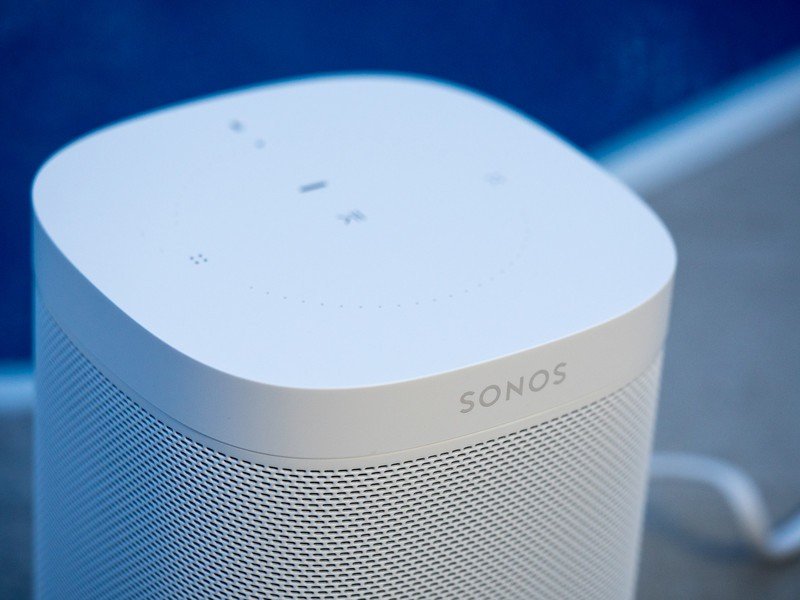
Sonos One as a speaker
Yes, Sonos One looks a lot like the $199 Sonos Play:1 speaker (which you've been able to find a little cheaper of late). And, yes, it's based off that entry-level speaker. But at the launch event they were quick to tell us that only two parts are shared between the two devices, and that Sonos One has been nearly completely redesigned and rebuilt from the inside.
As a listener on the outside, though, things aren't all that different.
If you loved the Sonos Play:1 speaker, you'll love Sonos One.
The sound is comparable to the Play:1. (Sonos would tell you it's a little better.) And that is, to my ears, really good considering the size, and the price. A single Sonos One (like the Play:1) is able to crank out a surprising amount of sound. It's still not the same as a larger speaker with a sub, but I've found it plenty good for the price. While Sonos still likes to keep the actual wattage a mystery, it's more than enough for your average kitchen space. Or even a small living room. I've been dragging it outside, and it's been great for background music in the backyard.
Sonos One sets up and presents itself just like any other Sonos speaker. (I've also got a Play:1, Play:3 and Play:5 in my home.) Nothing's changed in that regard.
No, the big deal here is the addition of a six-microphone array so that Sonos One can hear you. They're tucked into the top of the speaker, and that's led to a redesign of the controls as well. Gone are the mechanical buttons, replaced by an obvious play/pause button in the center, flanked by confusing volume up (on the left) and volume down buttons. You might be tempted to think that the ring of pinholes is some sort of touch panel for volume (a la swiping on the top of Google Home speakers), but it's not.
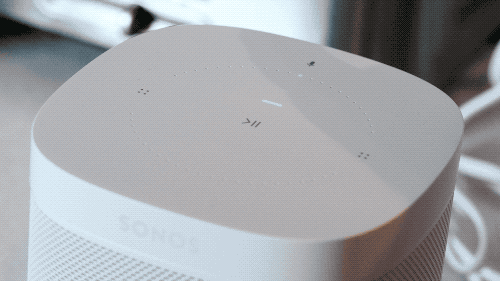
There's also an LED for power in the middle, and an LED for the microphone just above it. The mic and its light are hardwired together, Sonos says. Tap the microphone button and the light goes off, and the speaker is no longer listening for you at all. Light's off? It's not listening, and whatever you say is between you and to whomever you say it.
On the back of the speaker you've still got an ethernet jack. There's also a physical button for pairing, which you shouldn't have to ever use more than once.
Sonos' TruePlay feature is still here as well. That's where you wave your phone around and it works with the speaker to custom-tune it for whatever room it's in. It's neat, it works, and it's still only available with an iPhone. (And at the time of this writing, TruePlay doesn't yet work with the iPhone 8.)
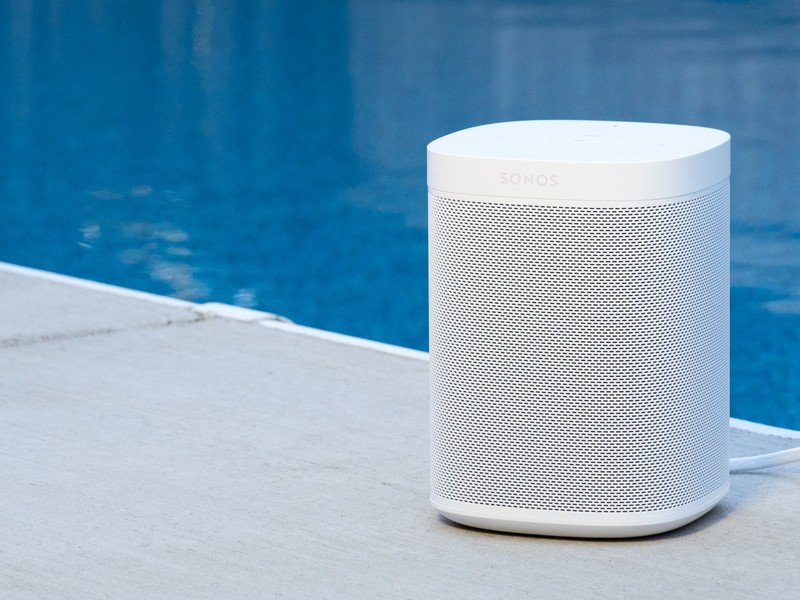
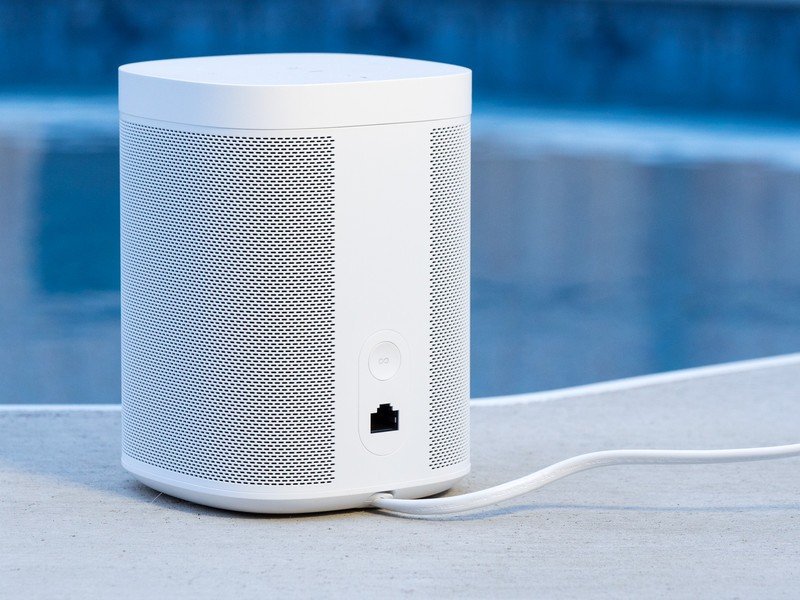
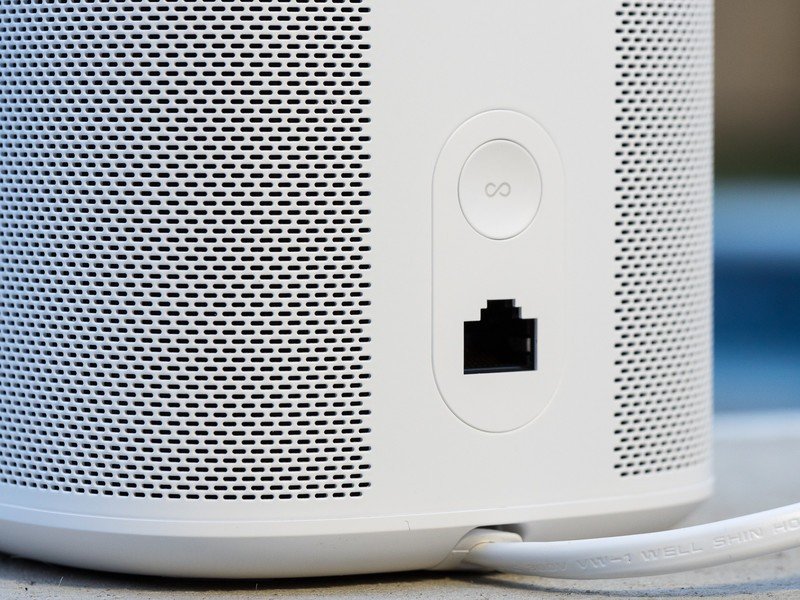
Sonos One as a smart speaker
OK, so it plays music just like any other Sonos speaker. But it's the addition of Amazon Alexa that's key here. It's also where things get a little complicated.
First is that this is very much still a work in process. Sonos is in the middle of revamping its app, and it regularly updates the speaker firmware, too. Meanwhile, Sonos and Amazon have added support for existing Alexa-enabled devices, both first-party Echoes from Amazon, and third-party devices. Sonos also has been very clear that as more people use Sonos One (including in this beta round), it'll continue to improve. That's important for a few things I've experienced.
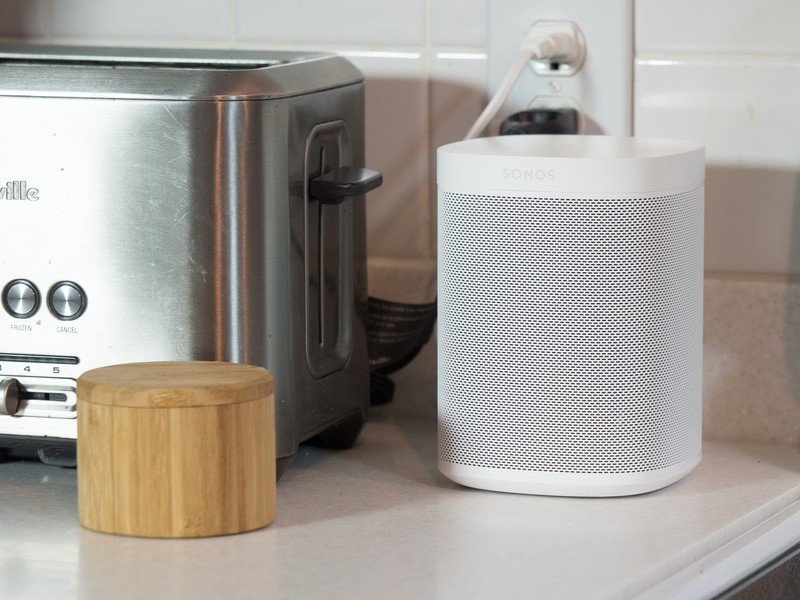
But first, the basics: Sonos One works just like, say, an Amazon Echo speaker. Say "Alexa, do a thing," and Alexa will do a thing through Sonos One. If you can do it on an Echo, you can do it on Sonos One. Set timers, turn on lights, ask questions, whatever. ...
There's no visible cue that Sonos One has heard you — no flashing ring of lights like on an Echo or Dot, or flashing blue bar on the Echo Show. Instead, you get a little ding to let you know Sonos heard you and is ready to keep listening.
I've also got a number of Echo devices stashed throughout my house. And every single one of them tends to pick up my "Alexa, do a thing ..." command better than Sonos One, particularly when I don't pause after saying "Alexa." When I'm making coffee at 5 a.m., it comes out more of "Alexasetatimerforfourminutes." My Echo Show in the kitchen figures that out the first time, every time. Sonos One, on the other hand, just sits there unless I'm more deliberate in my speech.
Then there's the issue of all these devices figuring out which one heard you first, and best. If I say "Alexa, do a thing," should Sonos One take the lead, or should a nearby Echo device? That's a problem called "arbitration," wherein these things have to talk to each other to decide who's best for what. And it's definitely still a work in progress. I can be in the kitchen, just a couple feet away from the Sonos One, and the OG Echo 30 feet away in the living room will the one that gets triggered instead. That's something Sonos told me it'll continue to improve over time as more people start to use Sonos alongside Echo devices. (And to be fair, it's a problem every always-listening system has to cope with.)
Integration with Alexa works, but it's still a little rough around the edges.
Another gripe is that currently if you trigger any Alexa-enabled device on your account, it'll attenuate the sound coming out of any Sonos speaker at the time. So when my 7-year-old decides to play the Frozen soundtrack on her little Robot clock thing, or someone simply asks Alexa a question somewhere else in the house, it mutes whatever Sonos speaker might be playing at that time, even if it's on the other side of the house. That's annoying.
And finally there's still just some overt complication in getting all of these things to play nice with each other in the first place. Since we're talking integration with Amazon Alexa, Sonos One defaults to Amazon services, which makes sense. If you use a different music service as your main source of tuneage, you'll be jumping through some extra verbal hoops. And I've found myself just heading back to (much-improved) the Sonos app most of the time. (That'll be something you'll have to do anyway if you rely on Spotify, as voice commands aren't yet available for Sonos One through Alexa.)
That'll get better at some point, too, and presumably as Sonos adds more assistant services (Google Assistant is coming sometime in 2018), we'll get better choices for default settings.
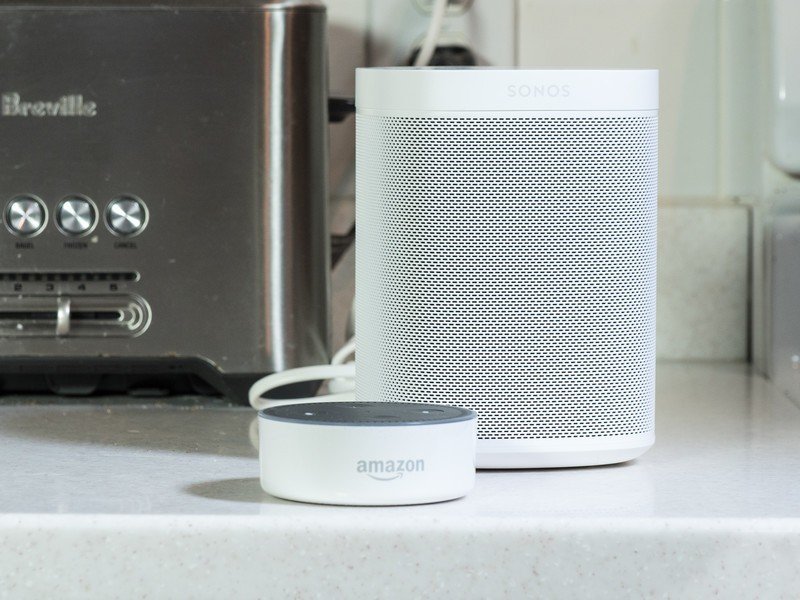
Should you buy it? Sure, but ...
As a speaker, Sonos One is pretty great. And it should be — it's basically a Play:1, which is where I'd point anyone looking to get into that ecosystem.
There's lots of potential here, but it'll take time for that to play out.
As a smart speaker, Sonos One still has plenty of room to grow. That's not necessarily the speaker's fault — this is the sort of thing that gets better as it reaches critical mass. The more people using it, the better Sonos and Amazon understand how it's being used.
The wireless, all-over-your-house music aspect of Sonos is still among the best I've used. Better than Google. Better that Amazon. And the Sonos app makes it easy to parse content through any of your music services. (That includes podcasts, by the way.)
The Alexa end of the equation still needs some work. At this point it's hard to recommend a $199 speaker as your sole source of Alexa when you can buy a $50 Echo Dot to do the same thing — and also control any other Sonos speakers you already own. (That Sonos is offering up the Play:1 at a rare discount and giving current owners $25 of an Echo Dot may be the company trying to tell us something to that extent.)
For my money, though, I'd have no qualms about buying a Sonos One over a Play:1 right now. Out of those two speakers, one has more potential than the other.
It's just that Sonos and Amazon still have some things to work out.
